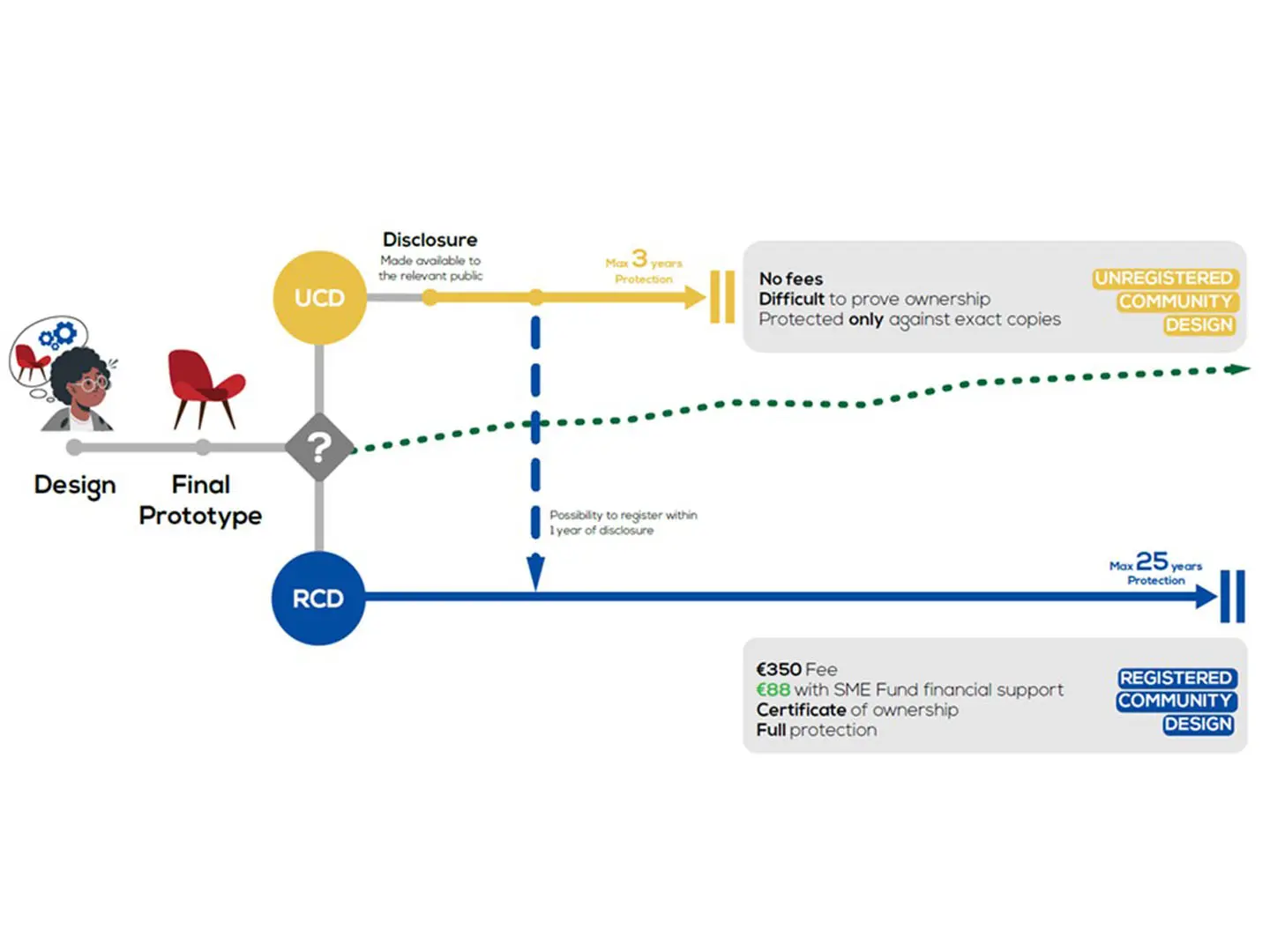Protect your Design at EU level
If you’re showcasing your new design at this year’s Salone del Mobile, you may want to think about protecting it against design theft. The Italian Patent and Trademark Office, part of the “Ministry of Enterprises and Made in Italy (MIMIT)” will participate at Salone del Mobile with stand - Pavillons 9/11
Designs are well defined in the European Union (EU). A design consists of the appearance of a product and can be almost any industrial or handicraft item, except for computer programs. Your design is your intellectual property. Intellectual property rights are an important asset for businesses of all sizes and a strong portfolio can attract investment and create extra revenue.
Design protection guarantees your exclusive right to use a design, which includes making, offering, marketing, importing, exporting or using the product in which your design is incorporated or applied. To be protected, it must be new and have individual character with respect to prior designs and it must not be contrary to morality and public order. You can protect your designs at national or EU level.
If you only need to protect your design in one or only a few EU countries, you should register the design at the relevant national offices. In Italy, the the competent authority is the Italian Patent and Trademark Office, part of the Ministry of Enterprises and Made in Italy ((MIMIT).
For EU-wide protection, you have two options: an unregistered EU design (UCD) or a registered EU design (RCD). To register your EU design (RCD) you need to apply to the European Union Intellectual Property Office (EUIPO).

The route that is right for you will depend on your design portfolio strategy, the scope of protection, duration and costs.
An unregistered design protects against the commercial use of an exact copy. Unregistered designs are free and effective for 3 years after the product is disclosed. To properly disclose a design, it must be published, exhibited, used in trade or otherwise made available to the public within the EU. If you’re showcasing a design for the first time at a trade fair, a good way to prove disclosure is to get an official certificate from the fair organiser. Although a UCD is free, it can be expensive to enforce the right in court.
Registered designs are protected against similar designs even when the infringing design has been developed in good faith (i.e. without knowledge of the existence of the original design). Registered designs are valid for 5 years from the date of filing and can be renewed in 5-year blocks for up to a maximum of 25 years. There is a fee, but enforcement of registered designs is straightforward.



